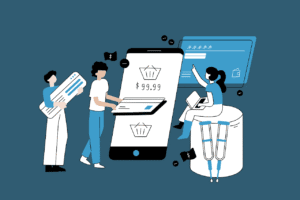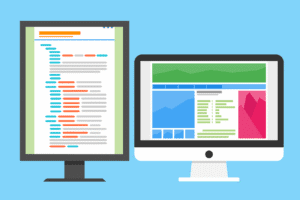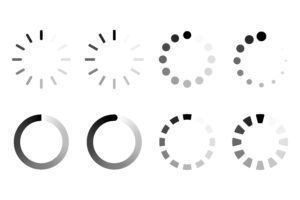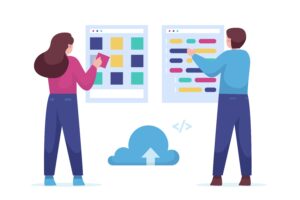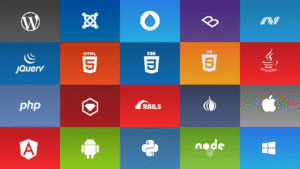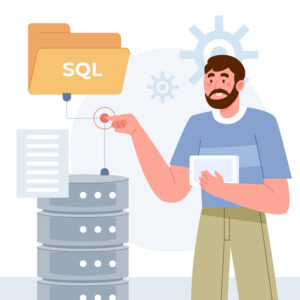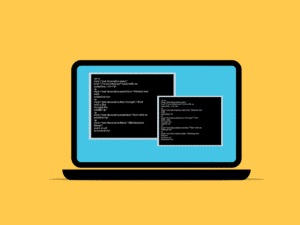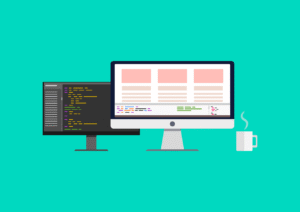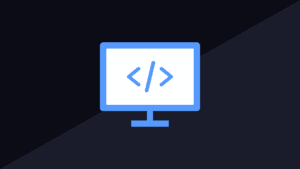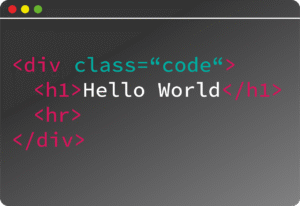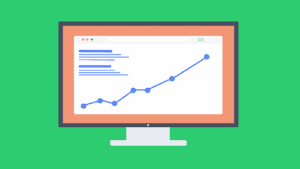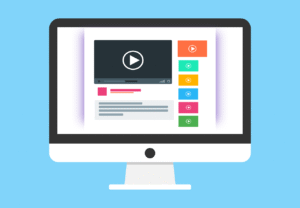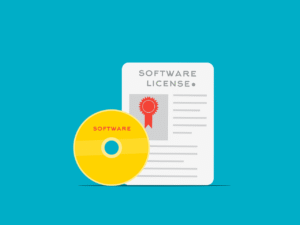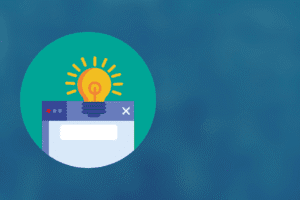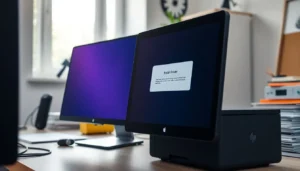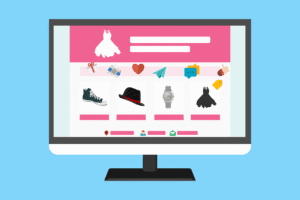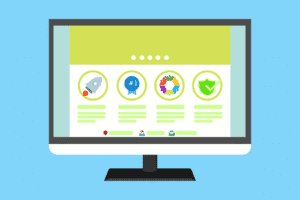Android App Development vs. Web Development: Which One’s Actually Worth Your Time in 2025?
Alright, let’s get real for a second. Tech is moving so fast it’s dizzying, and if you’re a business owner or hustler trying to figure out where to dump your cash—Android apps or web development—well, it’s not exactly a no-brainer. Both roads have their perks (and headaches), and honestly, it all depends on what you’re trying to build, who you want using it, and how deep your pockets go. Here’s the lowdown without the usual tech jargon.
So, What’s Android App Development, Anyway?
You know those apps you download from Google Play? Yeah, that’s Android app development in action. These things live right on your phone, tap straight into your camera, GPS, notifications—basically all the cool stuff your device can do. They’re slick, usually run smooth as butter, and can even work offline. Downside? Building these bad boys ain’t cheap or quick, and you’re locked into Android-land.
And Web Development?
Think websites and those web apps you open in Chrome or Safari or whatever browser you’re using. Doesn’t matter if you’re on your phone, laptop, or that ancient tablet you refuse to throw out—it just works. Modern sites look good everywhere, are easy to find through Google, and nobody has to download a thing. Cheaper to make, too. But they don’t always play as nicely with your phone’s fancy features.
Okay, But What’s the Actual Difference?
Here’s the “let’s compare apples and oranges” bit:
- Platform: Android apps = Android phones only. Web = literally anything with a browser.
- Installation: Apps gotta be downloaded. Websites? Just open ‘em.
- Performance: Native apps have the edge, but good web apps are catching up.
- Offline? Apps win. Unless you’re using some new-fangled PWA.
- Device stuff: Apps get full access; web’s kinda stuck in the lobby.
- SEO: Sites win big here.
- Cost: Apps are pricey. Web’s easier on your wallet.
- Updates: Apps need user action. Sites just… update.
Pros & Cons Cheat Sheet
Android App Development
- Killer performance, buttery smooth.
- Full access to device stuff.
- Works offline, push notifications galore.
- People tend to get more attached to apps.
- Expensive to make and keep updated.
- Android only (duh).
- Users need to install and update.
Web Development
- Anyone, anywhere, any device.
- Cheaper, faster to launch.
- Google loves you (SEO = more eyeballs).
- Zero install headaches.
- Can’t use all the cool device features.
- Sometimes feels a bit sluggish.
- Offline features are meh—unless you go PWA.
What’s Up With These Progressive Web Apps (PWAs)?
PWAs are kinda like web apps that hit the gym and got jacked. They work offline, send push notifications, let people add them to their home screen like a real app—all that jazz. And you don’t lose out on the cheap price tag or easy Googleability. For a lot of businesses, PWAs are the sweet spot.
What’s Hot in 2025, Anyway?
- Cross-Platform Tools: Stuff like Flutter and React Native mean you can build once and launch on Android and iOS. Saves time and cash.
- AI, Blockchain, IoT: Apps and sites are getting smarter and weirder (in a good way). Think chatbots, crypto payments, smart devices talking to each other. Wild.
- Responsive Everything: Websites gotta look sharp on every screen. No excuses.
- SEO Still Matters: If you want people to find you, web’s your friend.
So…Which Should You Pick?
Honestly, it’s all about what you need. If you want all the bells and whistles—think offline mode, deep device stuff, push notifications—go Android app. If you just want something everyone can reach, on any device, with less hassle (and less budget pain), web’s the way. And if you can’t decide? PWAs are kinda like having your cake and eating it too.
FAQs (Because You’re Probably Still Wondering)
Q: Can I just build both?
A: Heck yeah. Tons of companies do both—cover all your bases.
Q: Why go web over Android?
A: Cheaper, faster, works everywhere, and people can find you on Google. What’s not to love?
Q: Are PWAs worth it?
A: Absolutely. You get the best of both worlds without breaking the bank.
Bottom line:
Figure out what your users want, what you can afford, and how much you like (or hate) updating apps. Pick your poison.



















